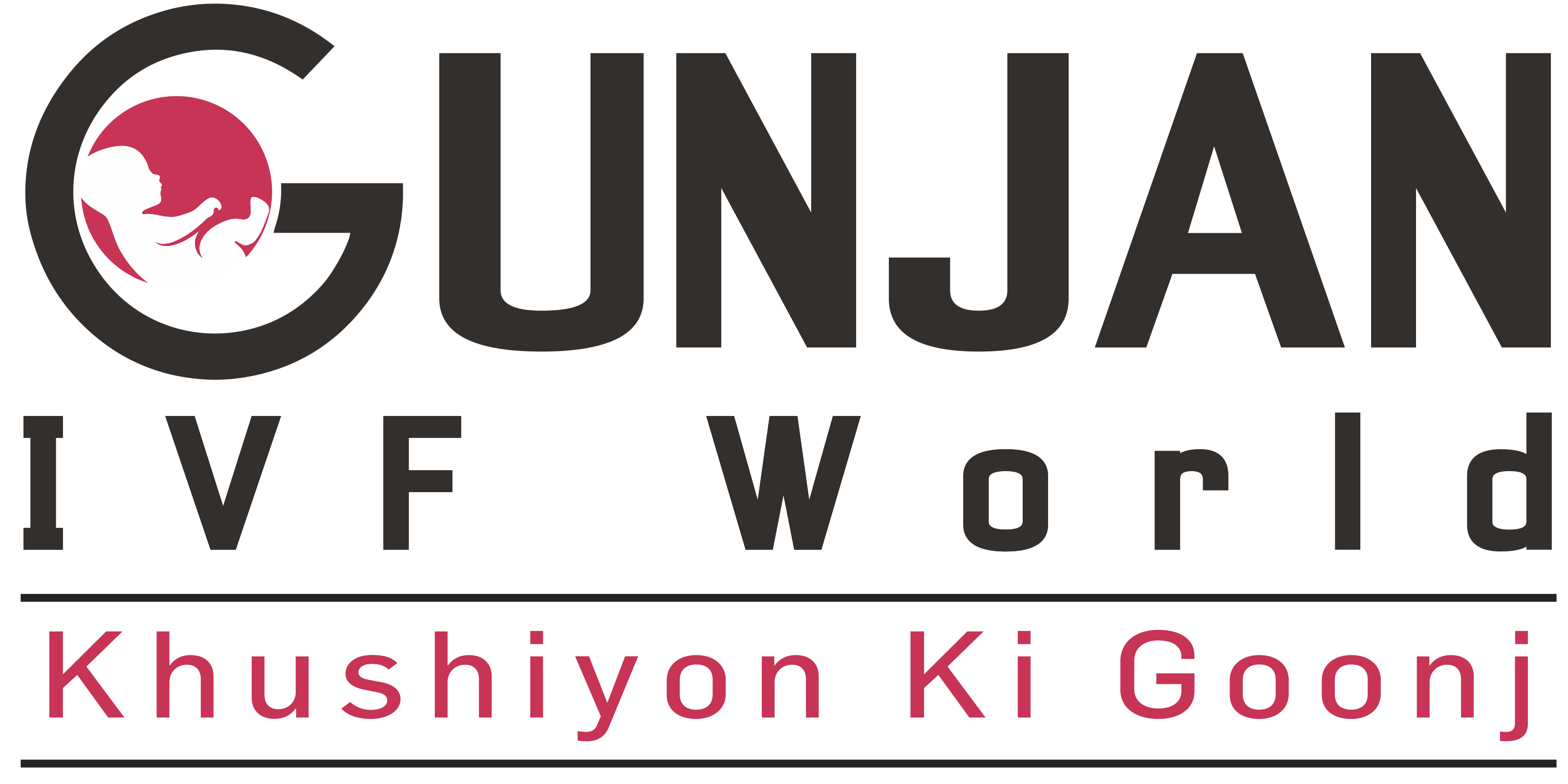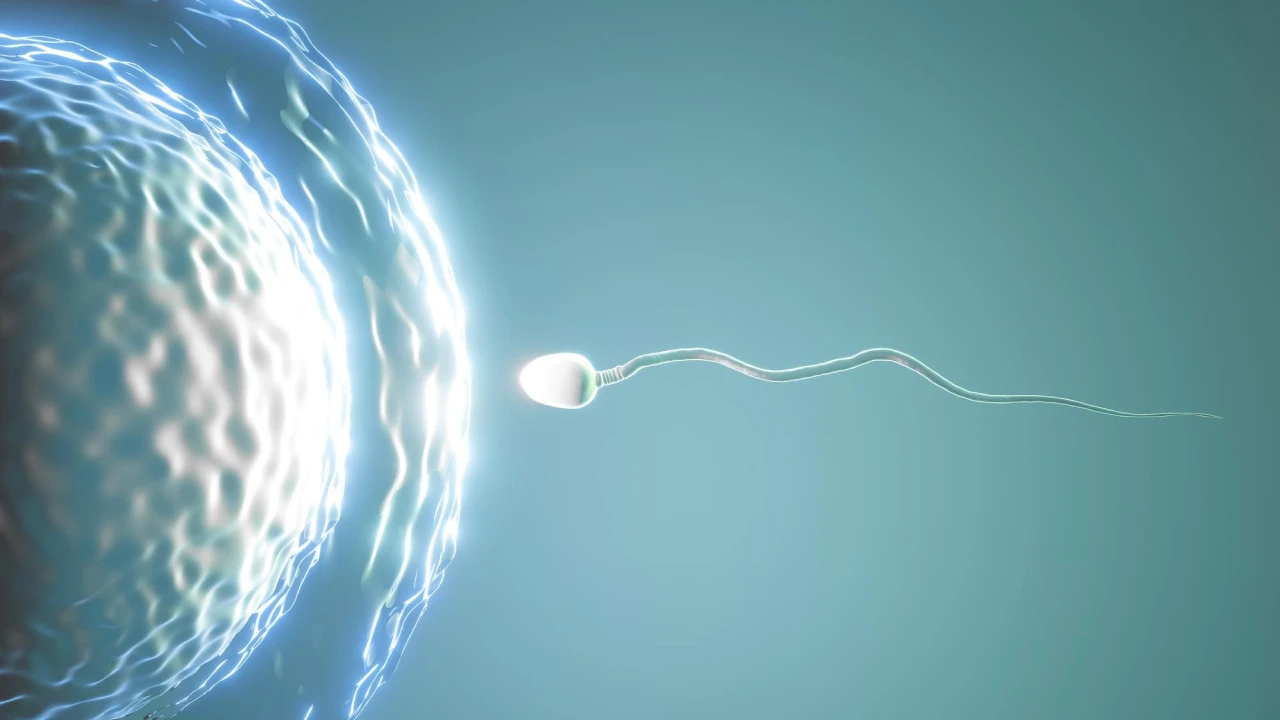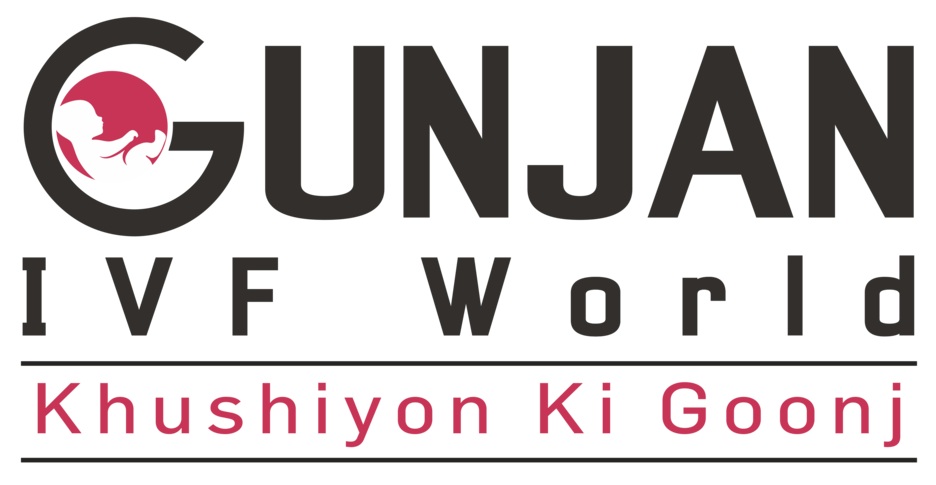20+ Years Of Experience as Fertility Specialists
20 Years Of Experience as a Fertility Specialists
National Fertility Awards 2023
Call Us
+919990044555
In the world of fertility treatments, In Vitro Fertilization (IVF) has emerged as a revolutionary solution for couples facing infertility challenges. One of the critical steps in the IVF process is egg retrieval, which plays a significant role in the overall success of the treatment. In this blog, we will delve into the intricacies of egg retrieval, exploring what IVF is, how egg retrieval works, the procedure itself, potential risks involved, and what to expect after the process.
If You Want to Know More Details – Find Out Which Month is the Perfect Time for IVF in India
What is egg retrieval in IVF treatment?
Egg retrieval in IVF treatment, also known as oocyte retrieval or ovum pick-up, is a crucial step in the In Vitro Fertilization (IVF) process. It involves the collection of mature eggs from a woman’s ovaries so that they can be fertilized with sperm in a laboratory to create embryos. The success of the IVF treatment depends significantly on obtaining good-quality eggs during this critical stage. After the fertilization, the healthiest embryo(s) is selected and transferred back into the woman’s uterus, hoping it will implant and result in a successful pregnancy.
Egg retrieval procedure
Egg retrieval usually takes place in an IVF clinic about 34-36 hours after the woman has received a hormone injection known as Human Chorionic Gonadotropin (HCG). This hormone helps the eggs to be ready for collection. During the procedure, which is done under local or general anaesthesia, an ultrasound probe is used to guide a thin needle into the ovaries. The mature eggs are then aspirated and collected in a suction tube. After retrieval, the eggs are evaluated under a microscope by an embryologist to determine their maturity and quality.
Book An Appointment
Follow Us On
Preparation for Egg Retrieval
Preparation for egg retrieval in IVF treatment involves several steps to ensure the best possible outcome. These steps include:
- Ovarian stimulation: The woman undergoes controlled ovarian hyperstimulation using fertility medications, such as gonadotropins, to stimulate the growth and development of multiple follicles containing eggs. This increases the chances of obtaining a higher number of mature eggs during the retrieval process.
- Monitoring follicle development: The progress of follicle growth is monitored through blood tests to measure hormone levels and transvaginal ultrasound scans to assess the size and number of developing follicles. This helps the fertility specialist determine the optimal timing for the trigger shot and egg retrieval.
- Trigger shot administration: When the follicles reach the appropriate size (usually around 17-18 mm in diameter), a trigger shot is administered. This injection, typically containing human chorionic gonadotropin (hCG) or a GnRH agonist, induces the final maturation of the eggs and initiates the ovulation process. Egg retrieval is typically scheduled about 34-36 hours after the trigger shot to ensure the eggs are collected just before ovulation occurs.
- Pre-procedure instructions: The woman may be advised to follow specific pre-procedure instructions, such as fasting for a certain period before the egg retrieval or avoiding certain medications. It’s essential to follow the healthcare provider’s guidelines to minimize risks and optimize the procedure’s success.
By following these preparation steps, the woman’s body is optimally prepared for egg retrieval, increasing the likelihood of obtaining a sufficient number of high-quality eggs for fertilization in the IVF process.
The Procedure Itself
The egg retrieval procedure in IVF treatment is a minimally invasive process that typically takes about 20-30 minutes. Here’s an overview of the procedure itself:
- Sedation or anesthesia: To ensure the patient’s comfort during the procedure, sedation or anesthesia is administered. This could be conscious sedation, where the patient remains awake but relaxed, or general anesthesia, where the patient is completely unconscious.
- Transvaginal ultrasound guidance: The fertility specialist uses a transvaginal ultrasound probe to visualize the ovaries and the follicles containing the mature eggs. The ultrasound images help guide the needle accurately to the target follicles.
- Needle insertion: A thin, hollow needle is attached to the transvaginal ultrasound probe and carefully inserted through the vaginal wall, reaching the ovarian follicles.
- Aspiration of follicular fluid: The needle is used to puncture each mature follicle, and a suction device attached to the needle aspirates the follicular fluid, which contains the mature egg. This process is repeated for each mature follicle in both ovaries.
- Collection of eggs: The collected follicular fluid, along with the eggs, is handed over to the embryology team in the laboratory. The team then isolates the eggs from the fluid under a microscope and prepares them for fertilization with sperm.
- Fertilization: Once the eggs are prepared, they are combined with the partner’s or donor’s sperm in the laboratory, either by conventional insemination (mixing sperm and eggs together) or by intracytoplasmic sperm injection (ICSI), where a single sperm is injected directly into each egg.
After the egg retrieval procedure, the patient is moved to a recovery area and monitored until the effects of sedation or anesthesia wear off. Once the patient is stable and comfortable, they can usually return home the same day with post-procedure care instructions provided by the IVF specialist.
Risks of egg retrieval
While egg retrieval in IVF treatment is generally considered safe and minimally invasive, there are some potential risks and complications associated with the procedure. These include:
- Infection: As with any invasive procedure, there is a risk of infection at the needle insertion site or within the pelvic cavity. However, this risk is relatively low, and antibiotics may be prescribed as a preventive measure.
- Bleeding: Minor bleeding or spotting may occur as a result of the needle puncturing the vaginal wall and ovarian follicles. In rare cases, more significant bleeding may require medical intervention.
- Damage to nearby organs: Although uncommon, there is a risk of accidental injury to surrounding organs, such as the bladder, bowel, or blood vessels, during the needle insertion. This can lead to complications that may require further treatment.
- Ovarian hyperstimulation syndrome (OHSS): OHSS is a rare but potentially serious condition caused by an excessive response to fertility medications used for ovarian stimulation. It can cause symptoms ranging from mild abdominal discomfort and bloating to severe pain, rapid weight gain, and difficulty breathing. In very rare cases, OHSS can be life-threatening and may require hospitalization.
- Adverse reactions to anesthesia or sedation: Some patients may experience side effects or allergic reactions to the medications used for sedation or anesthesia during the procedure. These reactions can vary from mild to severe, depending on the individual’s sensitivity to the medications.
It’s essential to discuss these risks and any concerns you may have with your fertility specialist before undergoing the egg retrieval procedure. They can provide guidance on how to minimize these risks and ensure the best possible outcome for your IVF treatment.
After egg Retrieval
Once the eggs have been collected, they are fertilized either by conventional insemination or ICSI. The fertilized eggs (often called embryos) are then incubated for a few days and monitored for signs of healthy growth before being transferred to the uterus for implantation. This typically occurs between three and five days after egg retrieval, depending on the woman’s individual treatment protocol.
Recovery time
Most women are able to resume normal activities within a few days after the egg retrieval procedure, although this may vary depending on individual circumstances. It’s important to follow your IVF specialist’s post-procedure care instructions and avoid strenuous activity or exercise until fully recovered. Most women can return to work and other commitments one or two days after egg retrieval, but this should always be discussed with your fertility specialist before resuming any activities.
It’s important to understand that the egg retrieval procedure does not guarantee a successful IVF cycle or pregnancy. The success of IVF treatment depends on many factors, including the woman’s age, the quality of the eggs, and other fertility health considerations.
Egg retrieval is an important step in the IVF process, and understanding the procedure, risks, and recovery time can help ensure a successful outcome. If you’re considering IVF treatment, be sure to discuss all aspects of egg retrieval with your fertility specialist beforehand.
if you want to know more details: 11 Tips To Choose A Fertility Specialist In Delhi?
Wrapping up
the recovery period following an egg retrieval procedure in IVF is generally short, allowing most women to resume their normal activities within a few days. However, it’s crucial to prioritize post-procedure care and follow the instructions provided by your IVF specialist.
While individual circumstances may vary, it’s advisable to avoid strenuous activities and exercise during the recovery period to allow your body to heal properly. It’s recommended to discuss your specific situation with your fertility specialist to determine when it is appropriate to return to work and other commitments.
Share this with
Related Videos
What is TORCH test in infertility and why is it done?
There are numerous tests that are available to infertile couples that are recommended by some doctors, which might help them determine the cause of their infertility. One such test is the TORCH test.
What is Prolactin Hormone?
Prolactin is a hormone produced by the pituitary gland present at the brain’s base. It is best known for its role in lactation, or milk production, in breastfeeding women.However, Prolactin also plays other important roles in both men and women, such as regulating the immune system, stimulating the growth of new blood vessels, and influencing behaviour and reproductive function. In this blog, we will explore what Prolactin is, how it works, and what happens when there are imbalances in prolactin levels.
Follow Us On
About Author






